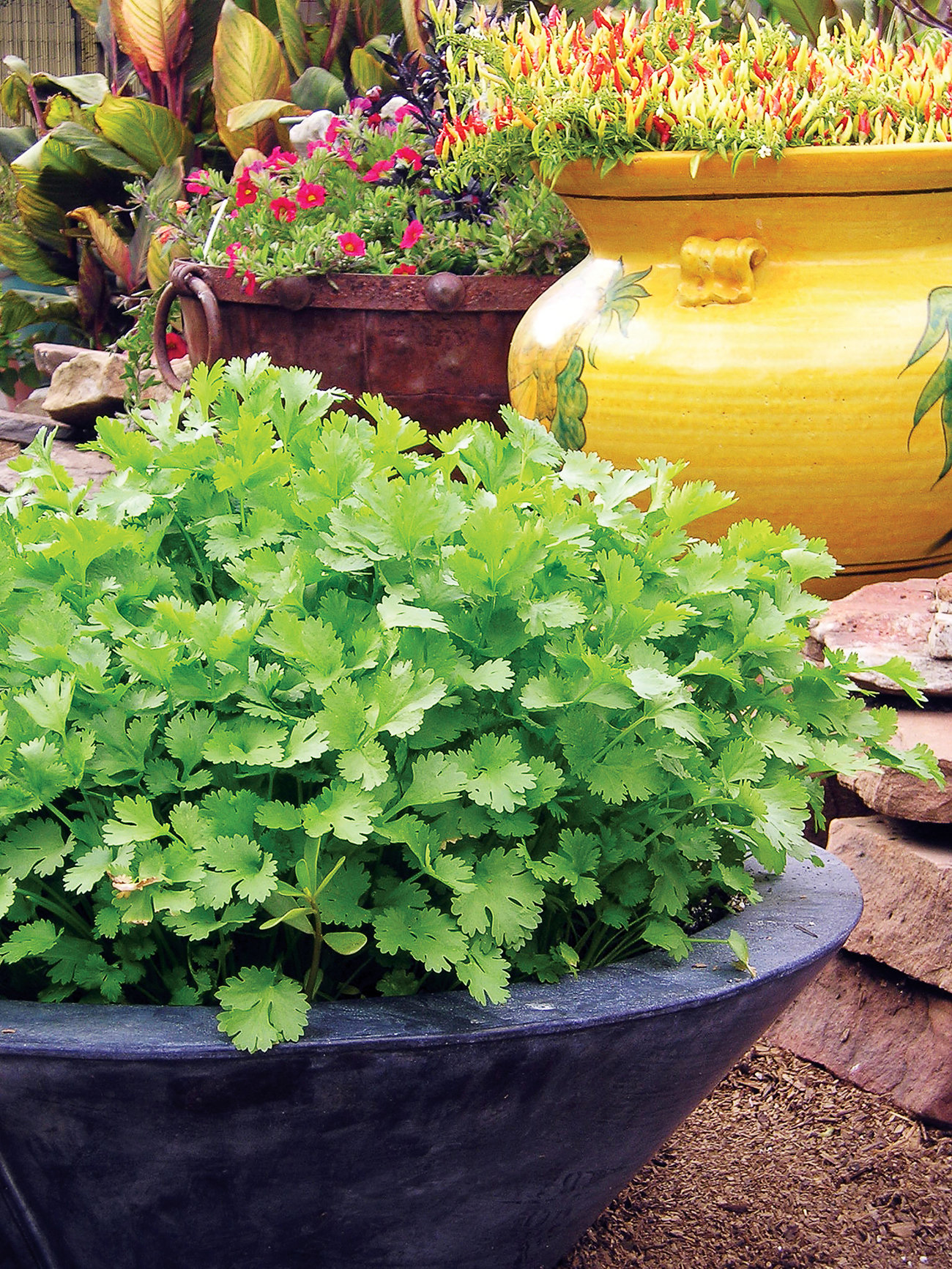
January

Plant
Sow seeds of cool-season herbs including cilantro, dill, and parsley.
Purchase asparagus crowns now, and plant them 18 inches apart in soil that has been dug to a depth of at least 12–18 inches. Choose a spot in full sun with rich, fast-draining soil. Plants grown from crowns can be lightly harvested in their second year of growth, and fully harvested by the third year. These perennial vegetables can produce for up to 15 years.
Plant grapes from bare-root in full sun along south or west exposures. Be sure to amend the soil with plenty of compost. Good low-desert table varieties include ‘Flame’, ‘Muscat’, and ‘Thompson Seedless’.
It’s not too late to grow annuals from seed in sunny south- and west-facing beds. Sowing seed now will extend the bloom season of your flowers. Try California poppy, farewell-to-spring (Clarkia amoena), Shirley poppy, and tidy tips (Layia platyglossa).
Blackberries can be planted from either bare-root or cuttings. Place them 3–4 feet apart. Great low-desert varieties include ‘Rosborough’, ‘Womack’, and ‘Brison’.
Set out the following early in the month: artichokes, beets, cabbage, carrots, collard greens, kale, lettuce, mustard, parsley, spinach, and turnips.
Maintain
Lawns of rye grass need a boost this month. Use blood meal and humeric acids as alternatives to synthetic fertilizers.
Grapes that have been established for 3–4 years will now benefit from a severe pruning. Remove 80–90% of last season’s new growth.
Prune roses by removing all but 5 or 6 of the sturdiest canes and cut those back to 18 inches long.
Control annual winter weeds, including brome grass, London rocket, and Sahara mustard, by pulling them by hand or spraying them with a distilled vinegar solution. Add a few drops of dish soap (one teaspoon per gallon of vinegar) to a spray bottle filled with distilled vinegar. This cocktail is a non-selective herbicide, so only spray what you want to kill.
